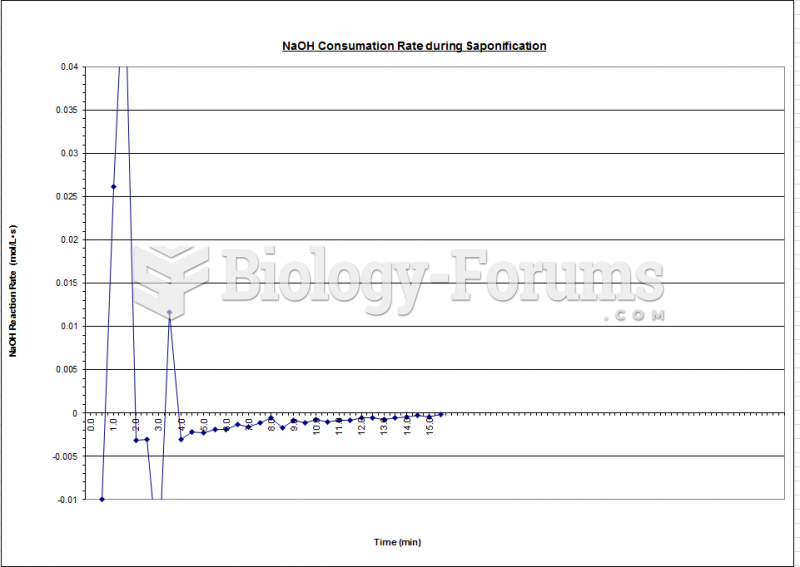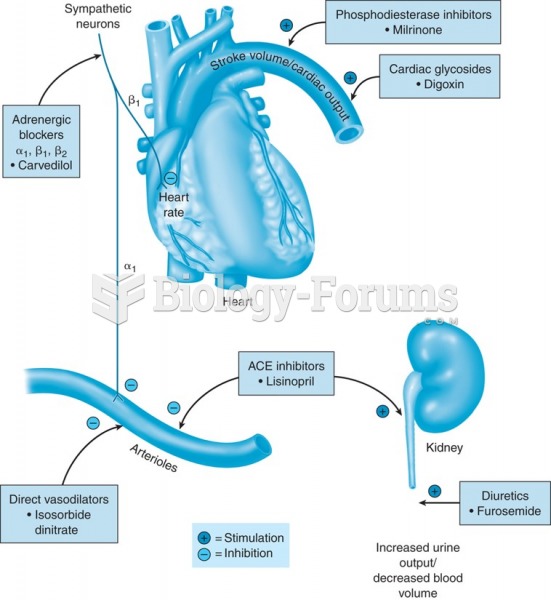Answer to Question 1
4
1. Incorrect. Periodic accelerations occur with UC and are usually encountered with breech presentations. Episodic accelerations occur during fetal movement and are indications of fetal well-being.
2. Incorrect. Preterm accelerations peak at 10 beats/min above the baseline last for at least 10 seconds rather than 15.
3. Incorrect. Periodic accelerations occur with UC and are usually encountered with breech presentations. Episodic accelerations occur during fetal movement and are indications of fetal well-being.
4. Correct. They may resemble the shape of the uterine contraction or be spikelike.
Answer to Question 2
2
1. Incorrect. Anticipatory grief applies to the grief related to a potential loss of an infant. The parent grieves in preparation of the infant's possible death, although the parent clings to the hope that the child will survive.
2. Correct. The immediate reaction to news of a perinatal loss or infant death encompasses a period of acute distress. Disbelief and denial can occur, but parents also feel very sad and depressed. Intense outbursts of emotion and crying are normal. However, lack of affect, eu-phoria, and calmness may occur and reflect numbness, denial, or personal ways of coping with stress.
3. Incorrect. Intense grief occurs in the first few months following the death of the infant. This phase encompasses many different emotions including loneliness, emptiness, yearning, guilt, anger, and fear.
4. Incorrect. Reorganization occurs after a long and intense search for meaning. Parents are better able to function at work and home, can experience a return of self-esteem and confi-dence, can cope with new challenges, and can place the loss in perspective.







